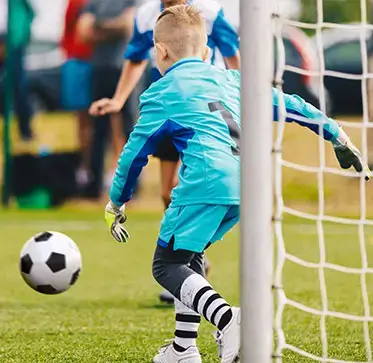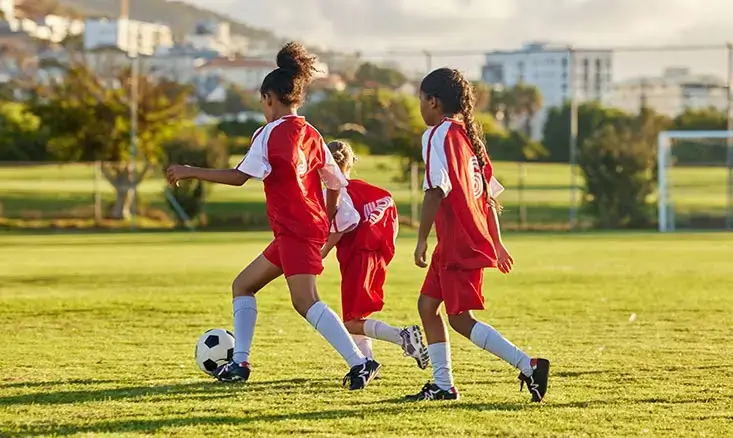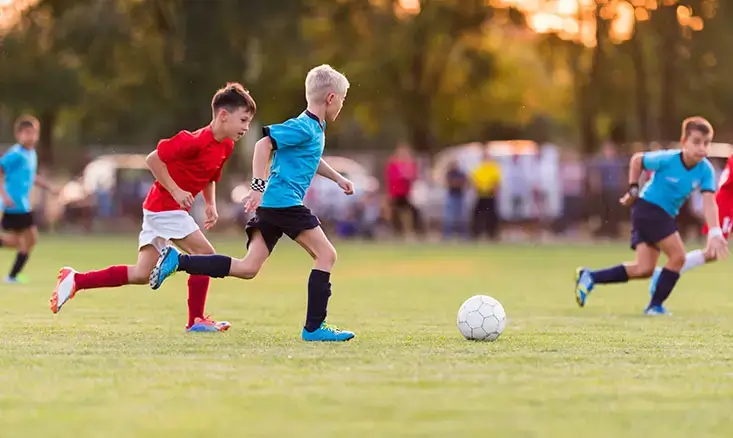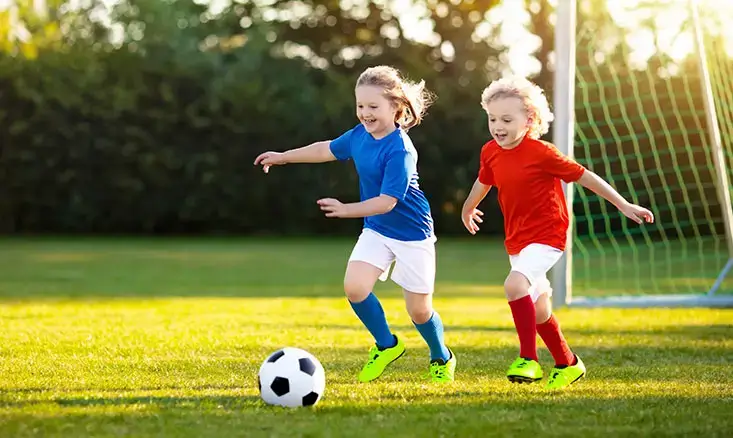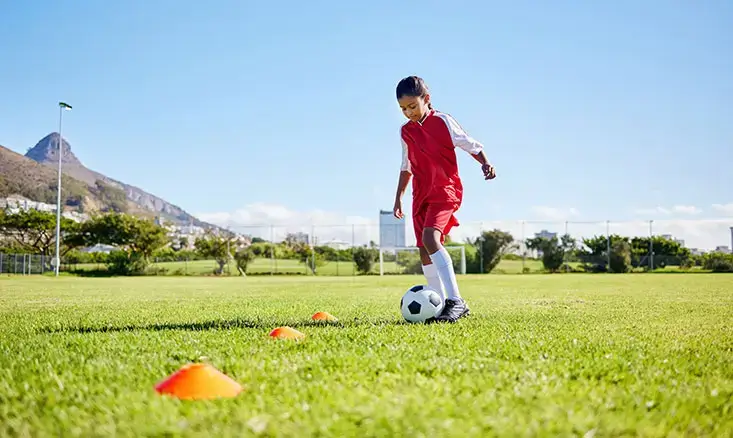Being proficient with both feet makes a player more versatile and less predictable. Defenders find it challenging to anticipate the player’s moves, providing more opportunities to create space and make plays.
Two-footed players can operate effectively on both sides of the field. This flexibility allows coaches to utilize them in various positions, increasing their playing time and contributions to the team.
Enhanced ball control with both feet allows players to maintain possession more effectively, navigate tight spaces, and execute quick directional changes.
Training both feet helps in developing a more balanced and symmetrical physique, reducing the risk of overuse injuries that can occur from relying too heavily on one side of the body.
Trapping the ball effectively with both feet is essential for controlling passes and maintaining possession. A well-executed trap can set up subsequent moves and shots.
Use a wall or a partner to pass the ball back and forth, alternating trapping with each foot. Focus on cushioning the ball softly and keeping it close to the body.
Being able to shoot with both feet increases a player’s scoring opportunities. Defenders will have a harder time blocking shots, and the player can take advantage of more angles.
Set up cones as goals and practice shooting with both feet from various angles and distances. Concentrate on accuracy and power, aiming to hit specific targets.
Two-footed passing enhances a player’s ability to distribute the ball quickly and accurately. It allows for smoother transitions and more dynamic plays.
Practice passing drills that require alternating feet. Use a partner or a wall, and focus on both short and long passes. Ensure the passes are crisp and precise.
Superior ball control with both feet enables players to maneuver through tight defenses and maintain possession under pressure.
Set up a dribbling course with cones and practice navigating it using both feet. Include exercises that require quick changes of direction and pace, emphasizing control and agility.
Introducing two-footed training early in a player’s development sets the foundation for more advanced skills. Young players are more adaptable and can develop these techniques more naturally.
Regular practice with both feet should be integrated into all training sessions. Consistency is key to developing muscle memory and confidence.
Encouragement and Positive Reinforcement: Coaches and parents should encourage players to use their non-dominant feet during games and practices, offering positive reinforcement and constructive feedback.
Incorporating two-footed skills into a soccer player’s repertoire provides a significant competitive edge. By mastering trapping, shooting, passing, and ball control with both feet, players become more versatile, unpredictable, and effective on the field. Starting this training early and maintaining consistent practice can transform a one-footed player into a well-rounded, dynamic athlete. At Charlotte Rise FC, we emphasize the importance of these skills to ensure our players reach their full potential and excel in their soccer careers.
Being two-footed means a soccer player can use both feet equally well, making them more versatile and unpredictable on the field.
Foot control in soccer is the ability to handle and maintain possession of the ball with both feet, allowing for quick directional changes and smooth play.
A foot trap is a technique where a player uses their foot to control and stop the ball, setting up for the next move or pass.
Using both feet makes a player more versatile, less predictable, and better able to control the ball, which increases their effectiveness on the field.
Practice shooting with your weaker foot by aiming at specific targets from different angles and distances, focusing on both accuracy and power.
